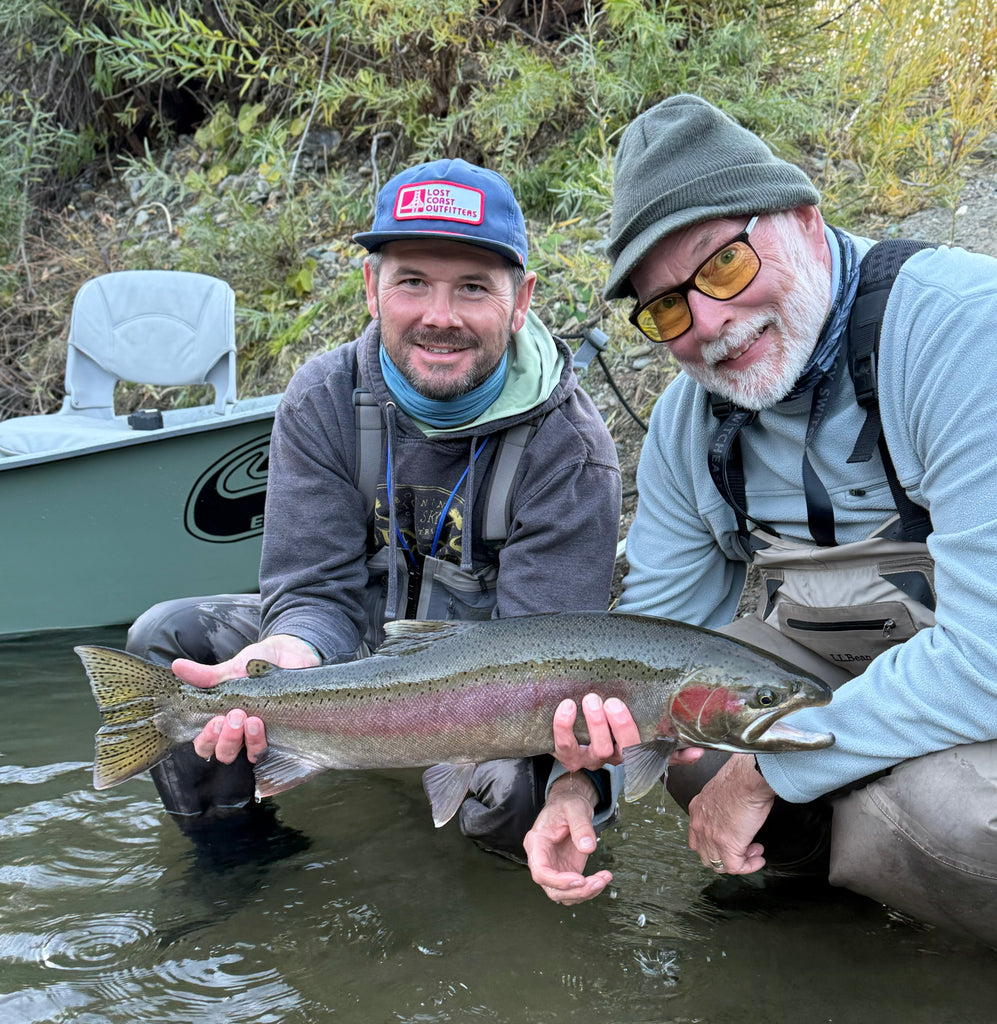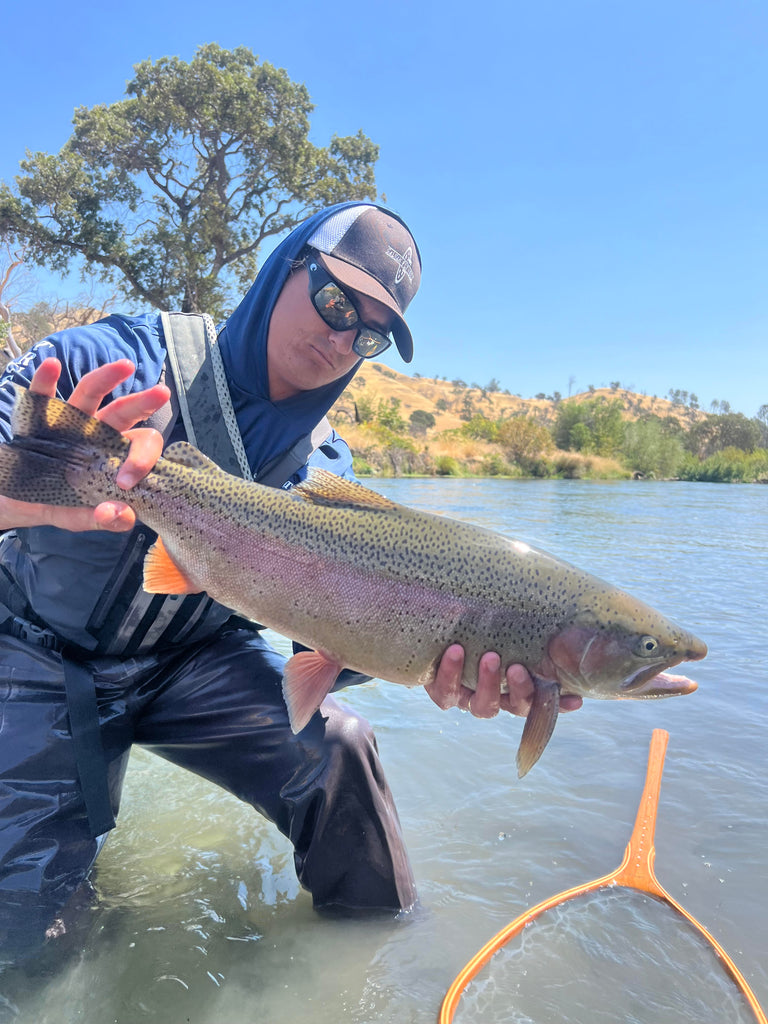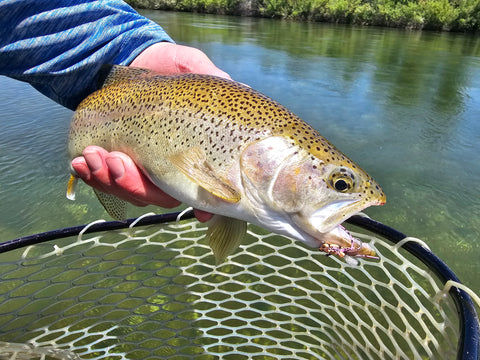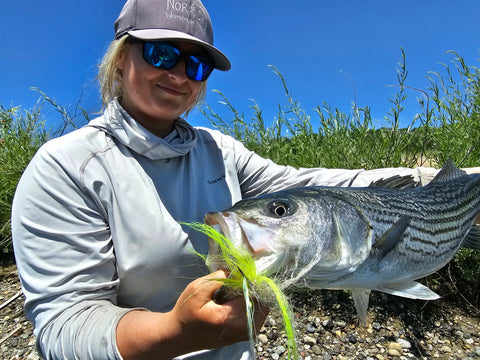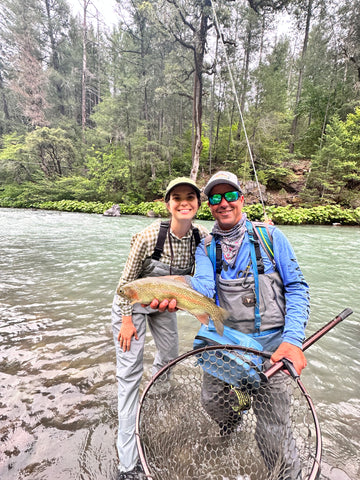Putah Creek Fly Fishing Report
Johnny Feaster Reports on September 19th, 2025
Putah Creek
Target Species: Rainbow Trout
Fishing Method: Nymphs with Indicator
Leader Length: 6 to 8 feet
CFS: 300-400
Fishing Overview: Flows have dropped and are holding steady. The water is running clear with cool temps, ideal for active trout. Midges and mayflies are coming off steadily, keeping fish feeding throughout the day. The trout are strong and healthy, sitting in softer seams and tailouts. Responding best to smaller, natural presentations on light tippet. Looking ahead, cooler mornings and shorter days should keep water temps stable and bug activity consistent. Expect the bite to stay solid, especially mid-morning into early afternoon. A patient approach and clean drifts will continue to pay off.
Techniques & Gear:
● Fishing Overview: Right now, euro nymphing with a shorter leader is the most effective approach, giving you tight control for precise drifts. Traditional indicator nymphing is also producing well with smaller, natural flies on light tippet.
● For fly selection: Top patterns this week include Zebra Midges (18–22), Pheasant Tails (16–20), Peaches and Cream (16-18) and Blow Torches (18–20). Keep your drifts clean and deliberate, and you’ll connect with strong, healthy trout.
● Fishing Tips: Dead drift catches fish-presentation is key. Make sure to show some stealth when approaching the runs the fish will be holding more shallow than you may think.
Conservation: Join myself and the Putah Creek Council this Saturday, September 20th, at 8:00 AM at Access 5 for our Putah Creek Cleanup! Help us keep our creek and community beautiful—your participation makes a difference!

Continue reading

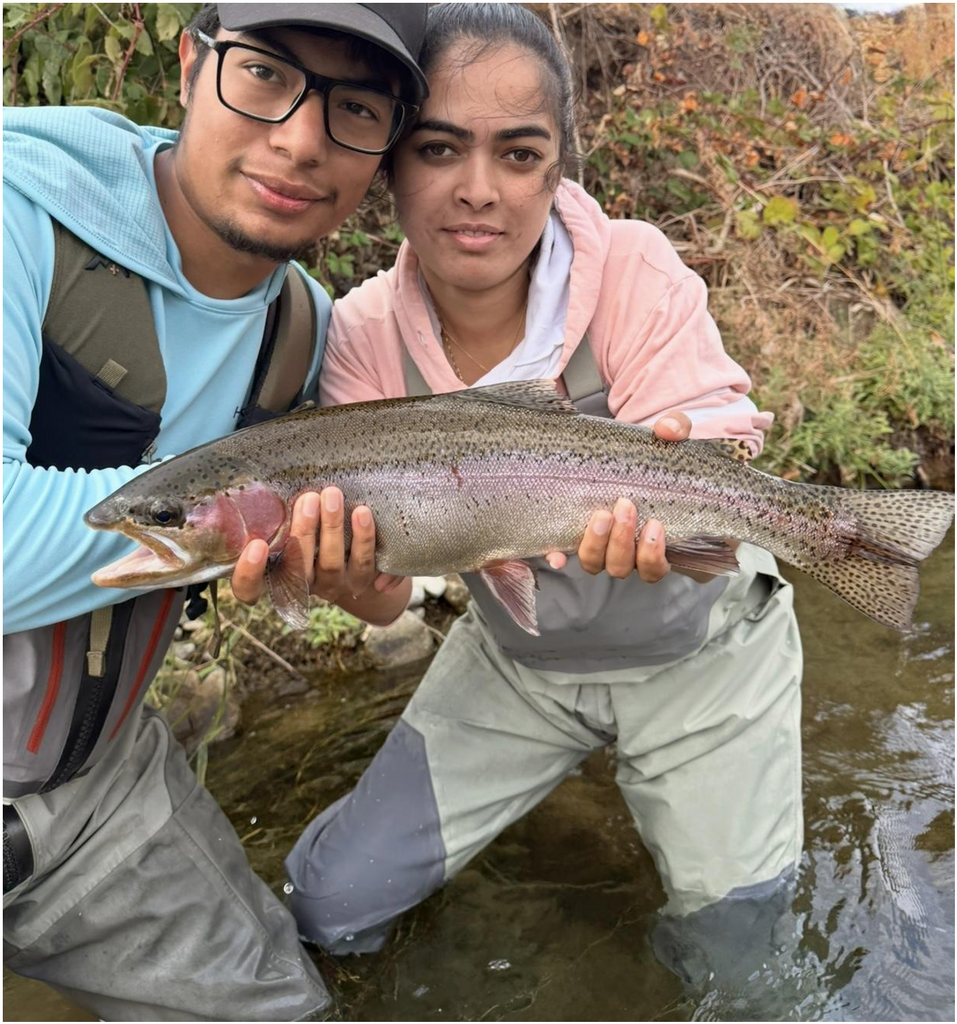
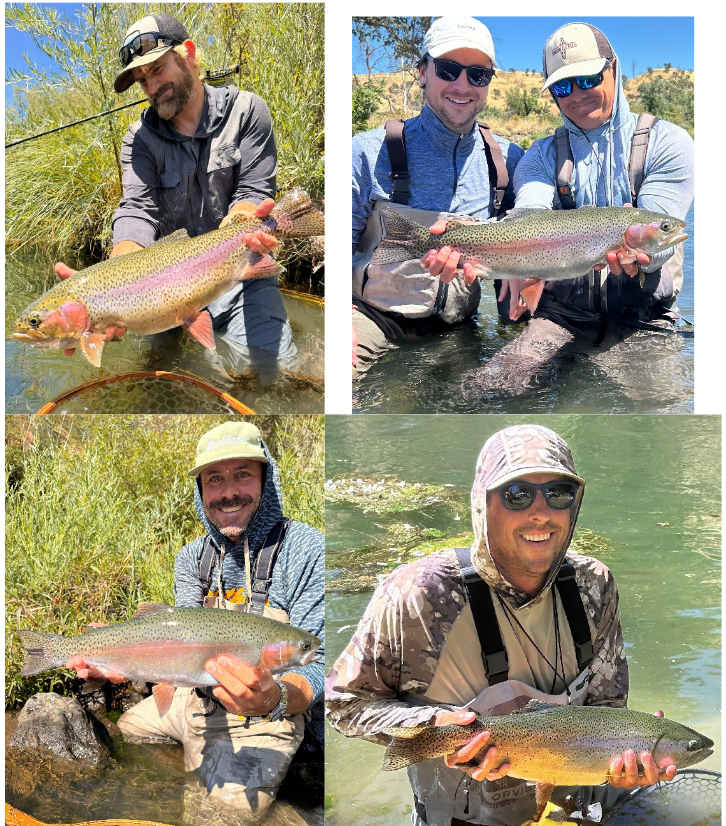


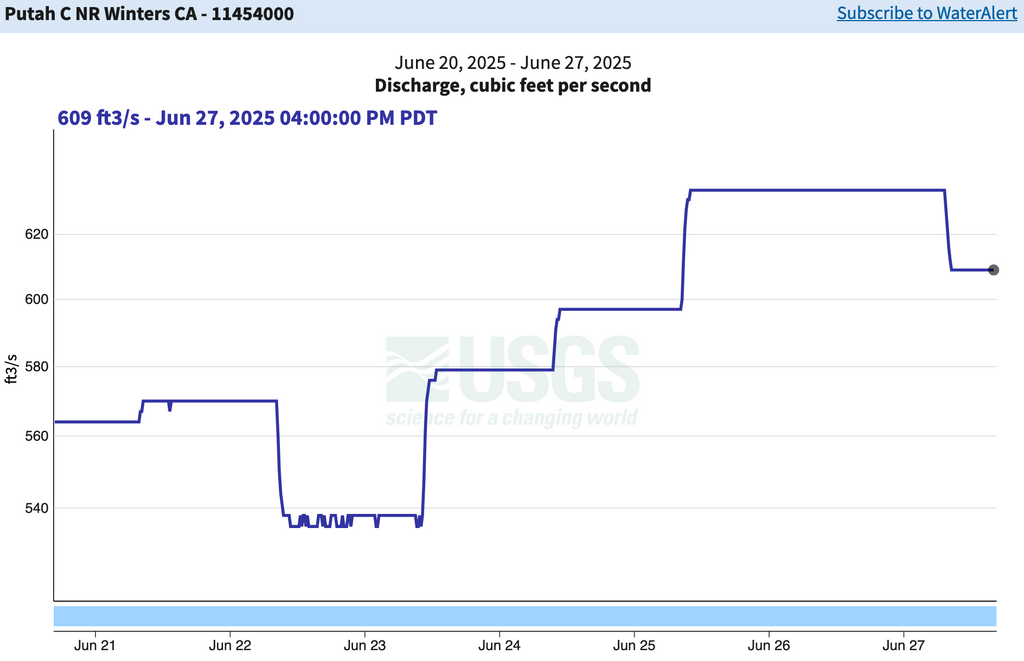

 WATCH OUT FOR RATTLESNAKES
WATCH OUT FOR RATTLESNAKES